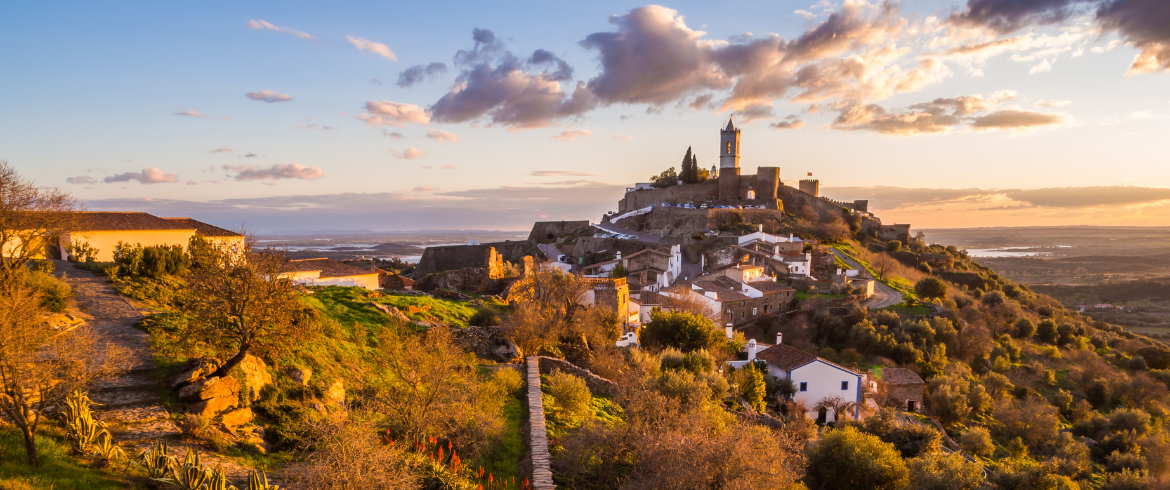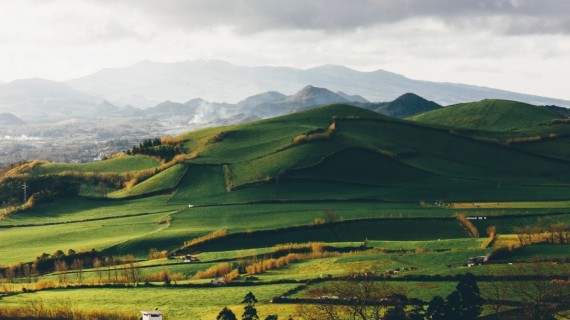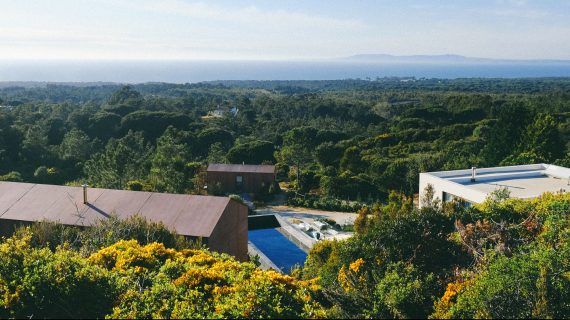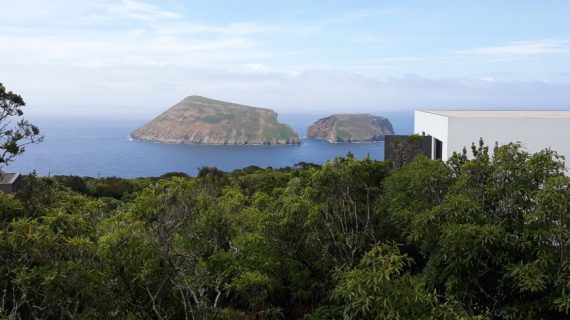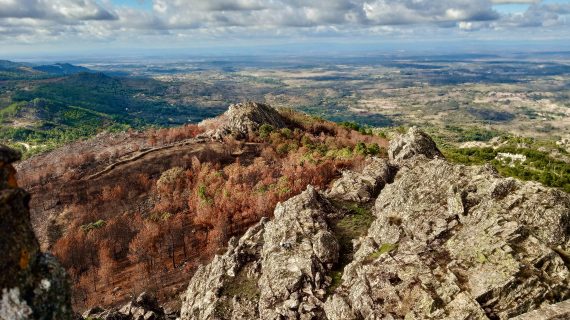Imagine a place where vast plains meet the deep blue of the Atlantic, where villages are enclosed in fortifications, and where nature reigns supreme. This is Alentejo, one of Portugal‘s most authentic and fascinating regions. It is a peaceful oasis stretching from the inland to the wild coastlines, but most importantly, it is a place far from mass tourism, offering a unique travel experience. Among golden fields swaying in the wind and rugged cliffs, the days pass slowly, marked by the rhythm of nature and traditions.
Explore the Wild Coast
The coast of Alentejo is one of the most spectacular in Europe, with the Parque Natural do Sudoeste Alentejano e Costa Vicentina, offering rare beauty and a variety of unique flora and fauna, attracting numerous zoologists and botanists from around the world. Cliffs that drop into the sea, hidden beaches, and untouched nature make this area a paradise for hikers and sea lovers.
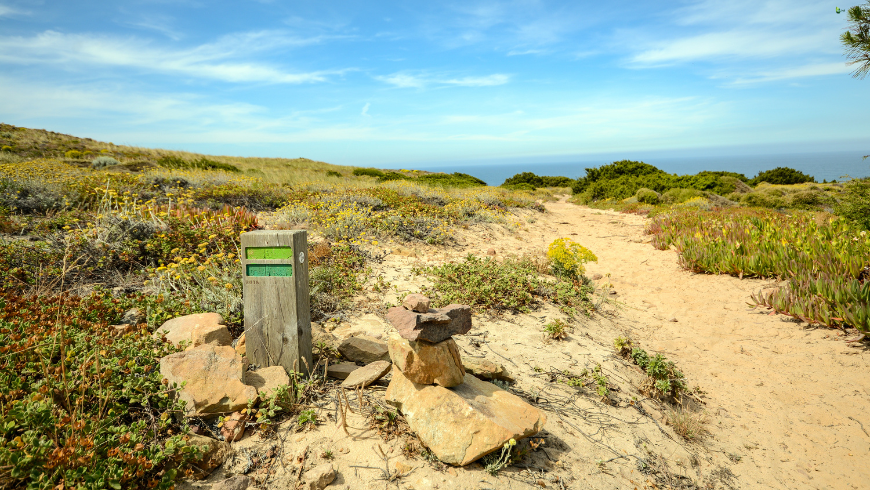
One of the best ways to explore the coast is by hiking the Rota Vicentina, a trail over 400 kilometers long that winds between cliffs and deserted beaches. Every stop offers breathtaking views of the ocean and brings you closer to the local nature and way of life. The beaches of São Torpes, Zambujeira do Mar, and Almograve are perfect for relaxing in the sun or surfing the waves. Further south, you will find Cabo Sardão, a wild place offering a stunning view of the rugged coastline. It is the only place in the world where the white stork nests on the cliffs.
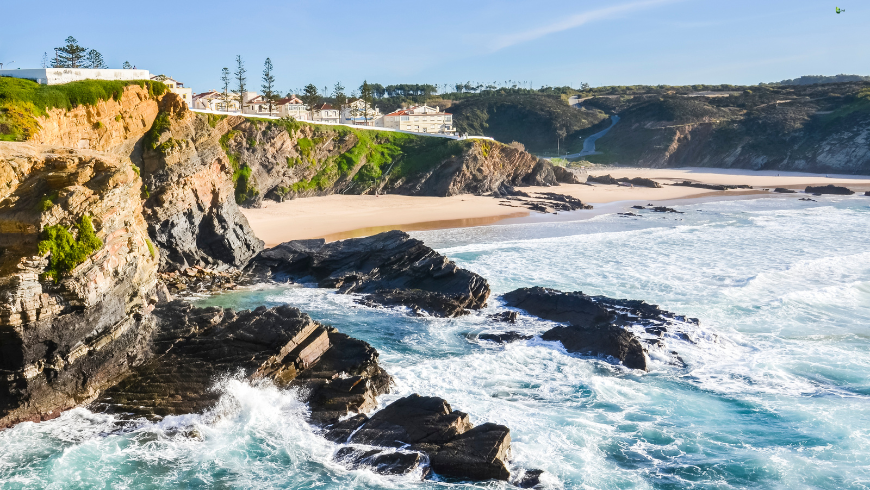
But the Alentejo coastline is not just about beaches. You’ll also have the chance to discover fascinating places that preserve the cultural heritage of this land. You can’t miss the stilt village of Carrasqueira and the Roman ruins of Troia.
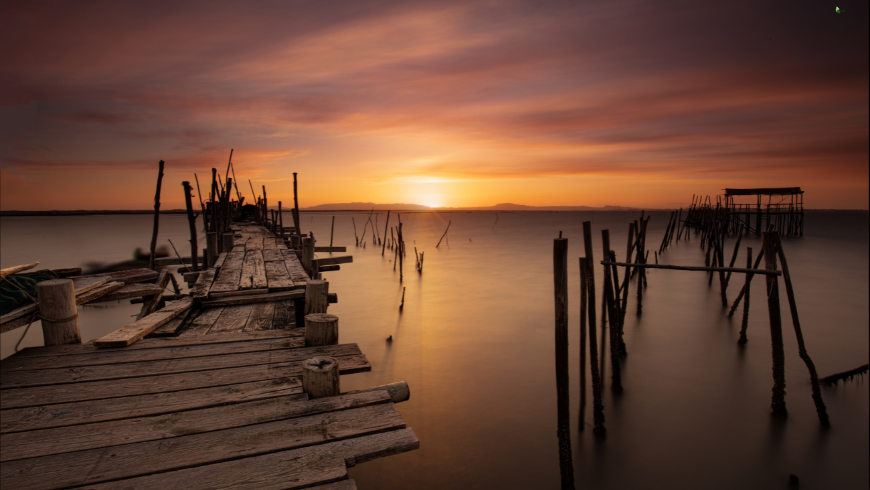
The Inland: Endless Landscapes and Starry Skies
If the coastal Alentejo captivates with its wild beauty, the inland is equally mesmerizing. Vast expanses of fields and hills are dotted with cork oaks, olive groves, and vineyards, offering a unique setting for outdoor activities and hiking. Among the most important natural parks in the region is the Parque Natural da Serra de São Mamede, rich in wildlife, and the Parque Natural do Vale do Guadiana, known for its river landscapes and towering gorges.
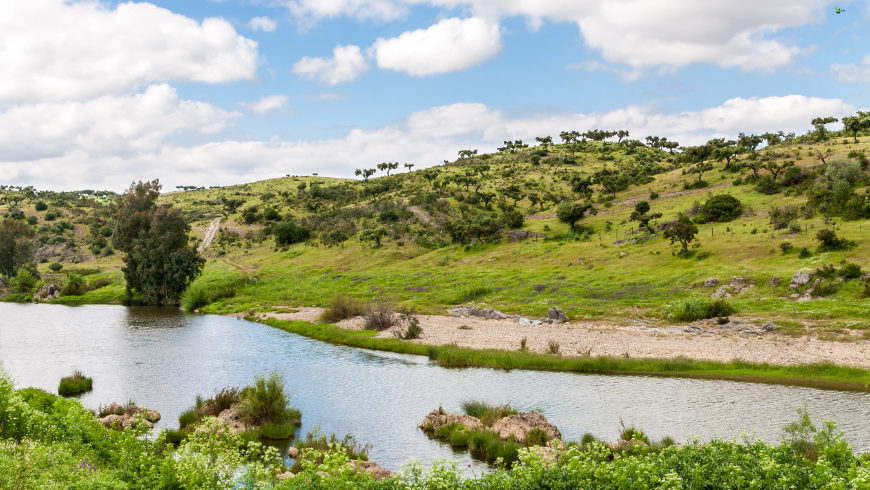
One of the most extraordinary experiences you can have inland is stargazing. Alentejo is one of the least light-polluted places in Europe, and the Dark Sky® Alqueva is the first site in the world to be certified by the Starlight Foundation as a “Starlight Tourism Destination.”
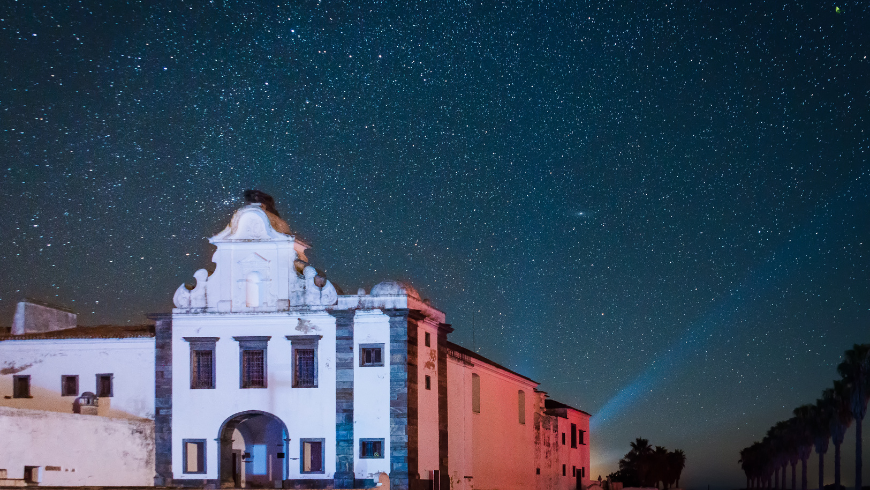
Here, under an incredibly clear sky, you can observe constellations, planets, and even the Milky Way with the naked eye or through professional telescopes. A journey that brings you closer to the stars—an experience few places on Earth can offer.
Historic Towns and Timeless Villages
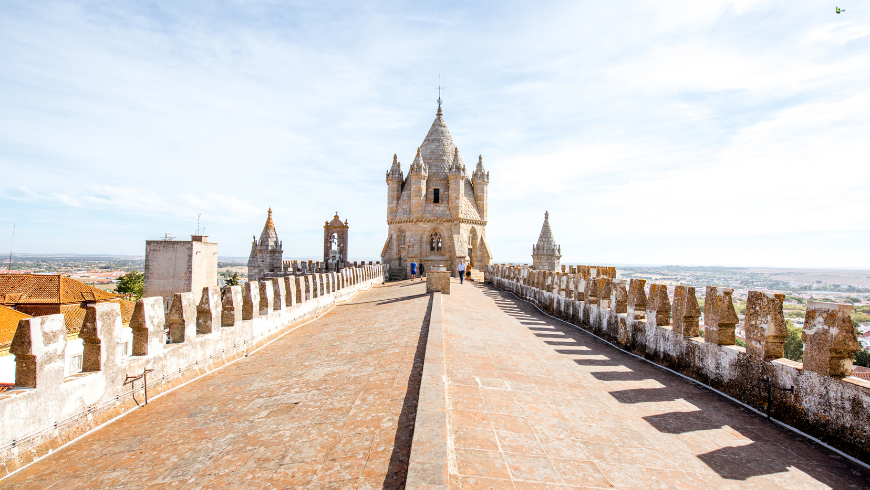
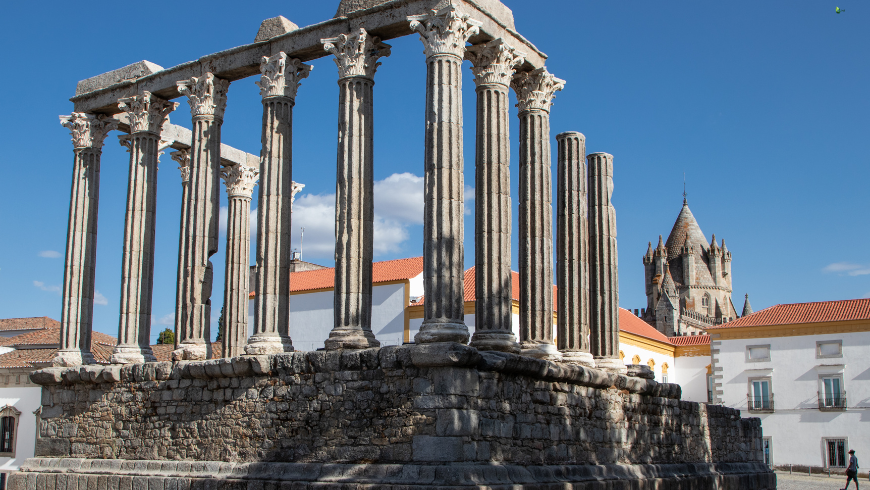
Alentejo is also a land of history and culture, where every town and village tells an ancient story. The city of Évora, with its historic center declared a UNESCO World Heritage Site, is a must-see. The best way to visit is on foot, wandering through its narrow streets, admiring the whitewashed houses, and gradually discovering the monuments and features that reveal Évora’s rich heritage. You can’t miss the Roman temple, the haunting and mysterious Chapel of Bones, decorated with human bones dating back to the 17th century, and the Tower of the Sé Cathedral, the largest medieval cathedral in Portugal.
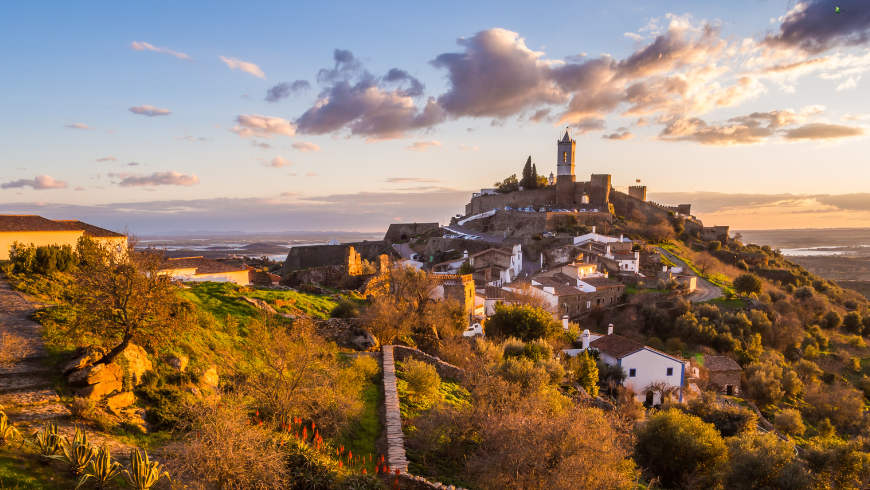
A few kilometers from Évora, the tiny village of Monsaraz, perched on a hilltop, offers breathtaking views of the Alqueva Dam and the vast olive groves that characterize the landscape. The castle provides stunning vistas over the surrounding countryside.
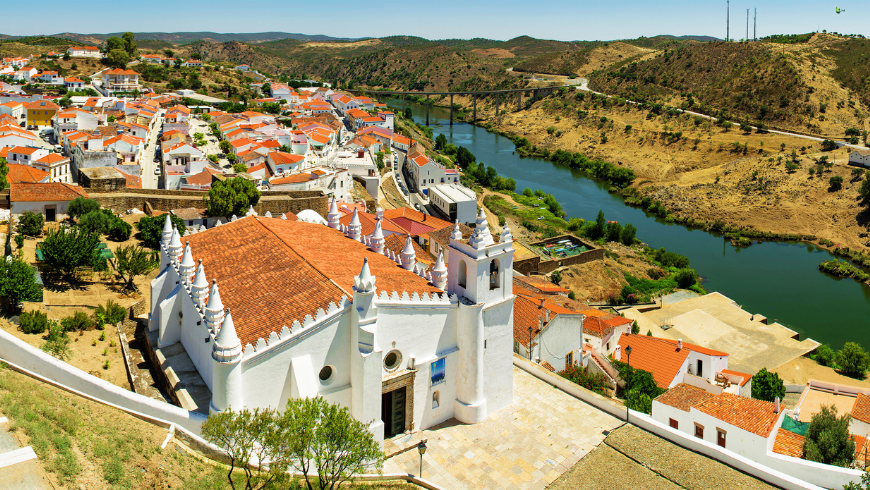
Another gem is the village of Mértola, perched on a hill overlooking the Guadiana River. With its ancient walls, castle, and medieval churches, Mértola is an open-air museum, telling the story of a land once contested by Moors and Christians.
Exploring the towns and villages of Alentejo also means discovering its rich heritage of crafts and arts. Each area uses local natural resources to create traditional crafts. Portalegre is famous for its tapestries, Arraiolos for its intricate rugs, and Nisa for delicate embroidery and red clay pottery. You will find exquisite hand-woven blankets in the previously mentioned Monsaraz and Mértola.
Taste the Flavors of Alentejo
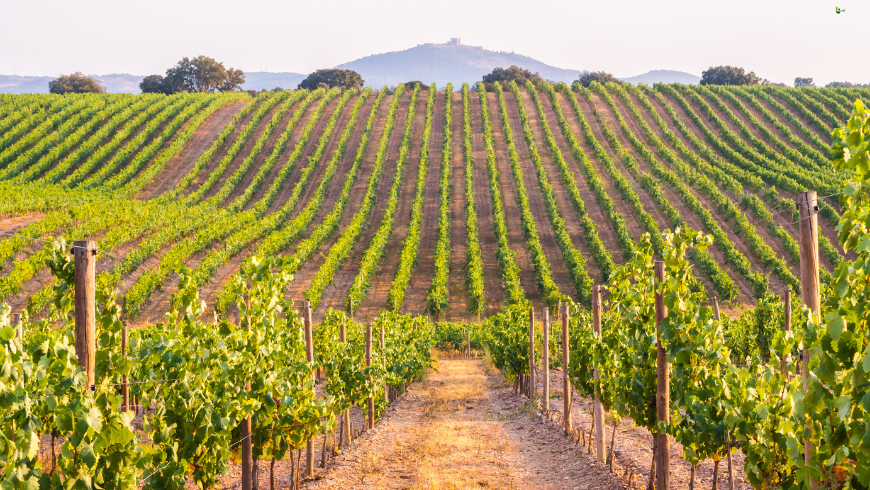
Alentejo is also synonymous with wine and food. It is one of Portugal’s most important wine regions, and in recent years, it has become a must-visit for wine tourism enthusiasts. Known for its intense reds and fresh whites with tropical notes, the region is dotted with vineyards and wineries where you can discover the history and future of its winemaking tradition.

What better way to enjoy the different wines of the region than by discovering its culinary flavors? Alentejo is renowned for its simple yet genuine dishes, reflecting the peasant roots of the land. Savor Carne de Porco à Alentejana, a traditional stew combining Porco Preto (black pork), usually marinated in white wine, paprika, chili paste, garlic, and cilantro before being fried, with clams and potatoes.
Or try açorda, a rustic soup made with bread, garlic, cilantro, and olive oil. And you can’t forget the delicious local cheeses.
Where to Stay: Eco-Sustainable Experiences in Alentejo
But where to stay to fully experience the magic and splendor of Alentejo? We have selected three eco-friendly accommodations on the coast that offer an authentic and comfortable experience.
1. Stay in an Old Mill or a Clay House
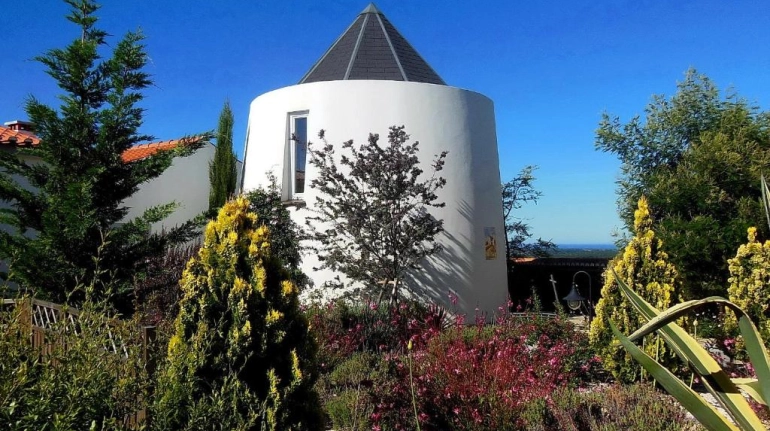
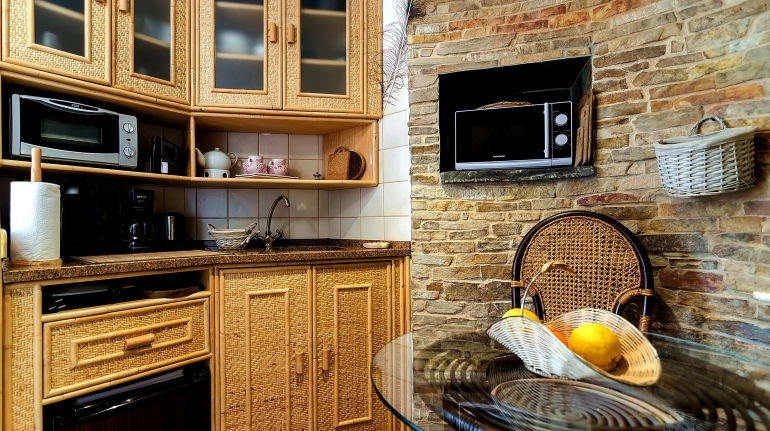
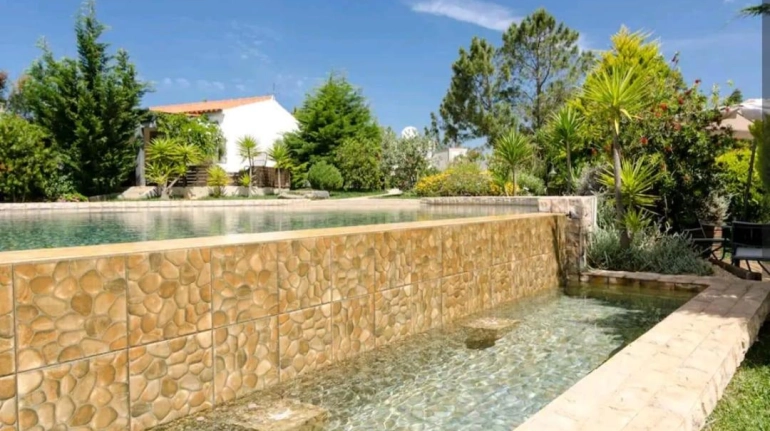
Selão da Eira Nature & Comfort, nestled in a valley within the National Ecological Reserve, surprises all who reach this place after a short drive or a walk through the eucalyptus forest. It’s a world of its own, where time seems to have stood still, and the sounds of nature are the only “noise.” It’s along the São Teotónio to Odeceixe section of the Rota Vicentina. You can choose between a romantic mill and two cozy houses, fully equipped and perfectly integrated into the environment. There is also a charming pool, accessible even to those in wheelchairs. An ideal choice for those who want to rejuvenate in the peace of untouched nature.
Find out more
2. An Unusual Stay on a Small Alentejo Island
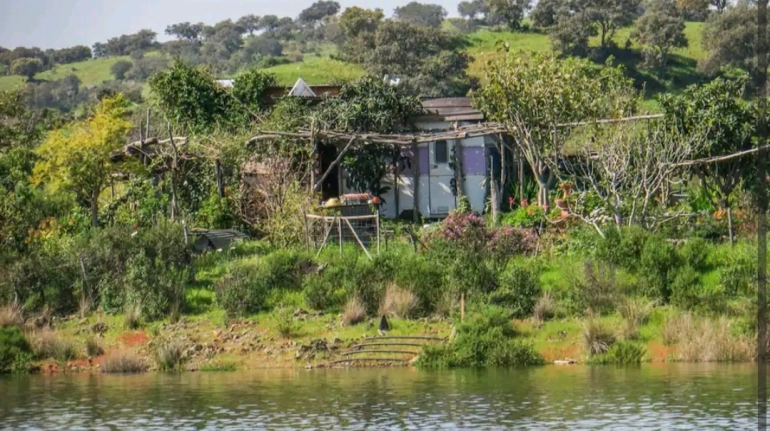
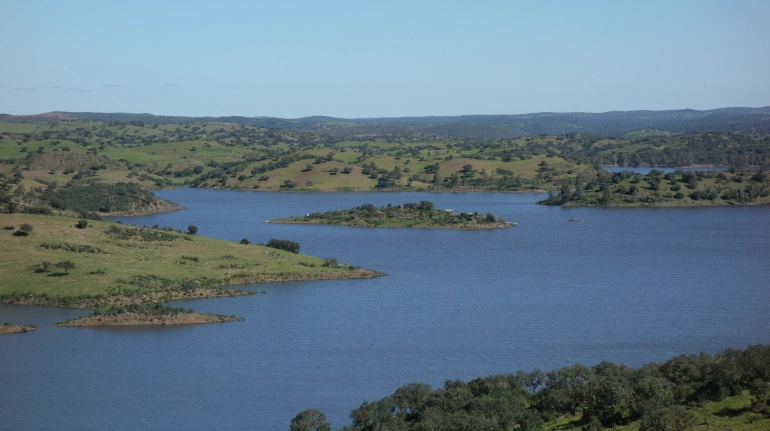
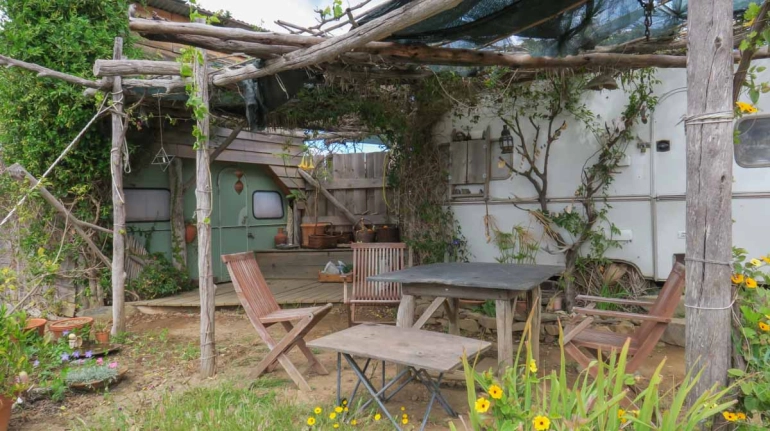
Ever thought about abandoning everything and living on a small island surrounded by greenery? Ilha da Tartaruga is the perfect place to do so. Located on a lake, this unique accommodation offers simple yet comfortable lodgings and the chance to experience a different life. Island life is simplicity, awareness, and gratitude. It’s about reading in a hammock, swimming in the lake, and contemplating nature.
Find out more
3. An Off-Grid Vacation in Alentejo
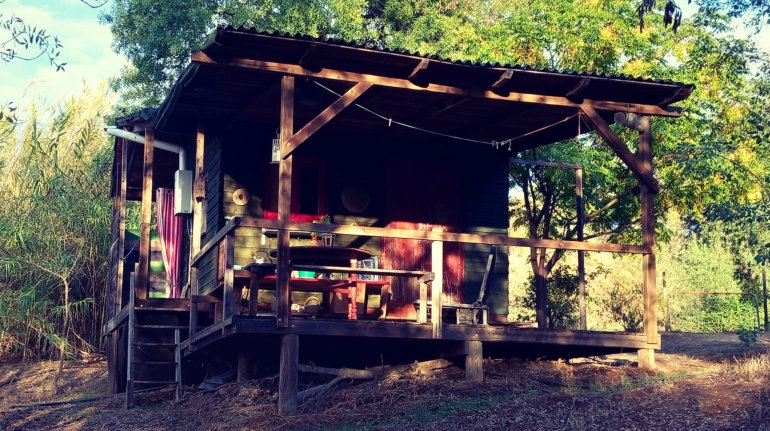
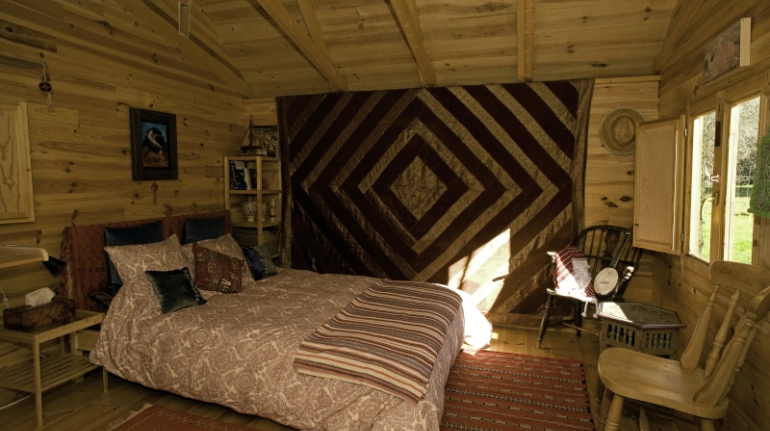
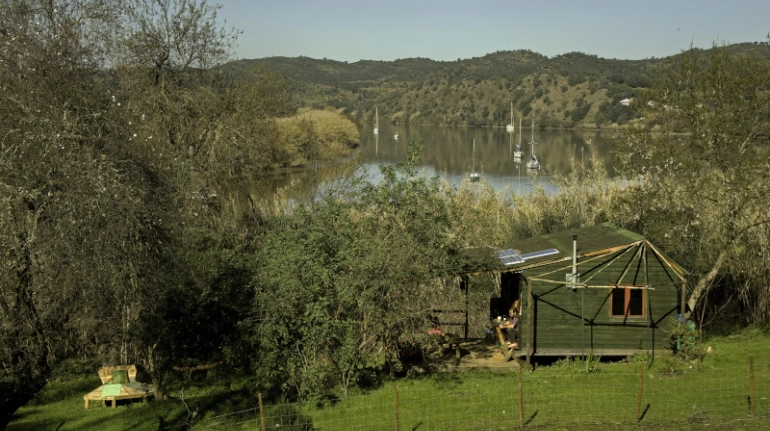
Peel Cabin Glamping is a fully off-grid wooden cabin powered by solar energy, nestled in a private olive grove on the banks of the Rio Guadiana. Swim, hike, relax, bird-watch, stargaze, and enjoy breakfast in Spain and lunch in Portugal!
Find out more
Cover image: Monsaraz in Alentejo Region Portugal, photo via Canva PRO
